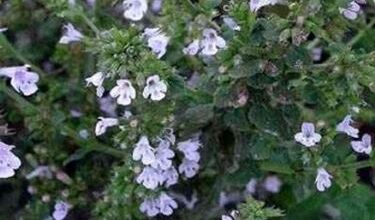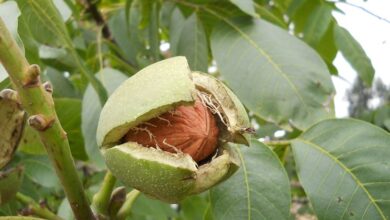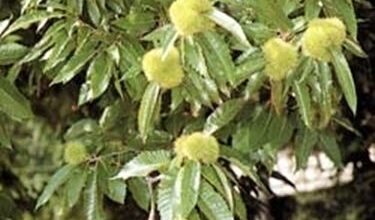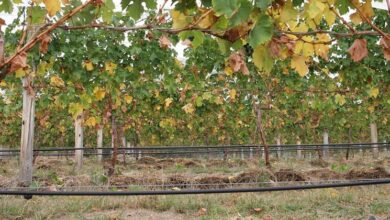Greasy Grass
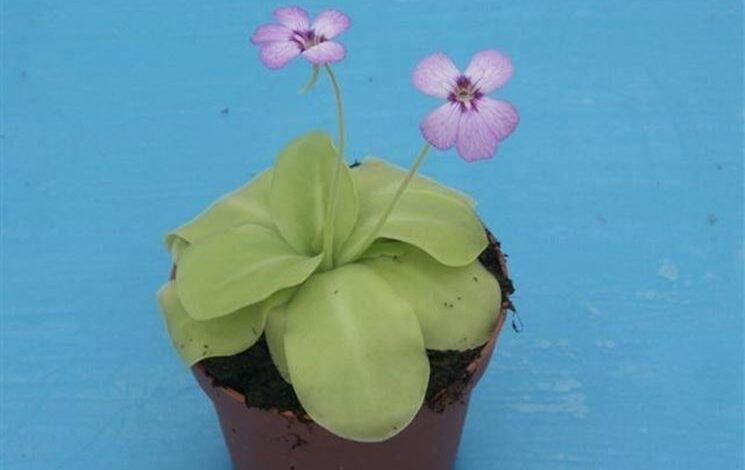
Characteristics of the plant
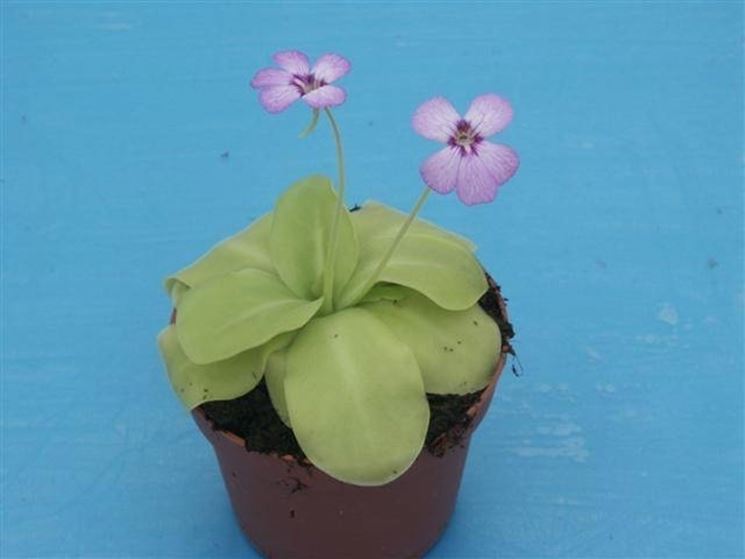
Cultivation
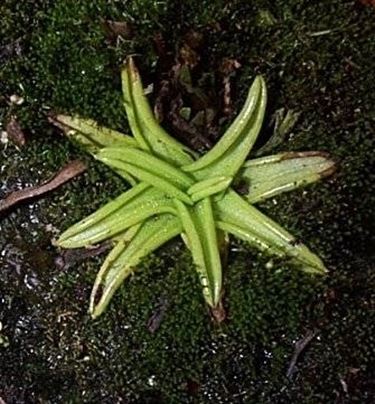
The greasy grass is a perfect solution for those who, despite having little space available, do not want to give up a small green corner. These particular plants, in fact, do not require much space and can also be placed in small pots and bowls. It is important to remember that for its cultivation it is necessary to avoid tap water and it is better to use distilled water or rain water, always leaving the soil abundantly moist. It is a plant that naturally grows in the undergrowth and therefore does not require direct exposure to the sun’s rays: on the contrary, an environment that is too bright could be harmful to the greasy grass. Temperatures must not drop below 5 degrees and must not exceed 25: cultivation in the
Greasy Grass: Diseases
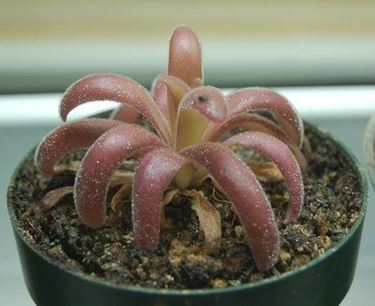
From the point of view of the risk of parasitic attacks, greasy grass is a very resistant plant and it is unlikely that you will have to deal with ailments of this type. However, it is not immune to other types of diseases: in particular, to put these plants in difficulty is the environment not rich enough in humidity, which in their natural conditions is very high, especially in the hot months. The main causes of death of the pinguicola concern the quality of the water used, the quantity, the excessive or too low presence of water stagnation and humidity in the soil. Finding the right balance is essential for the cultivation of these plants that prove to be so resistant with regard to attacks due to external organisms,

